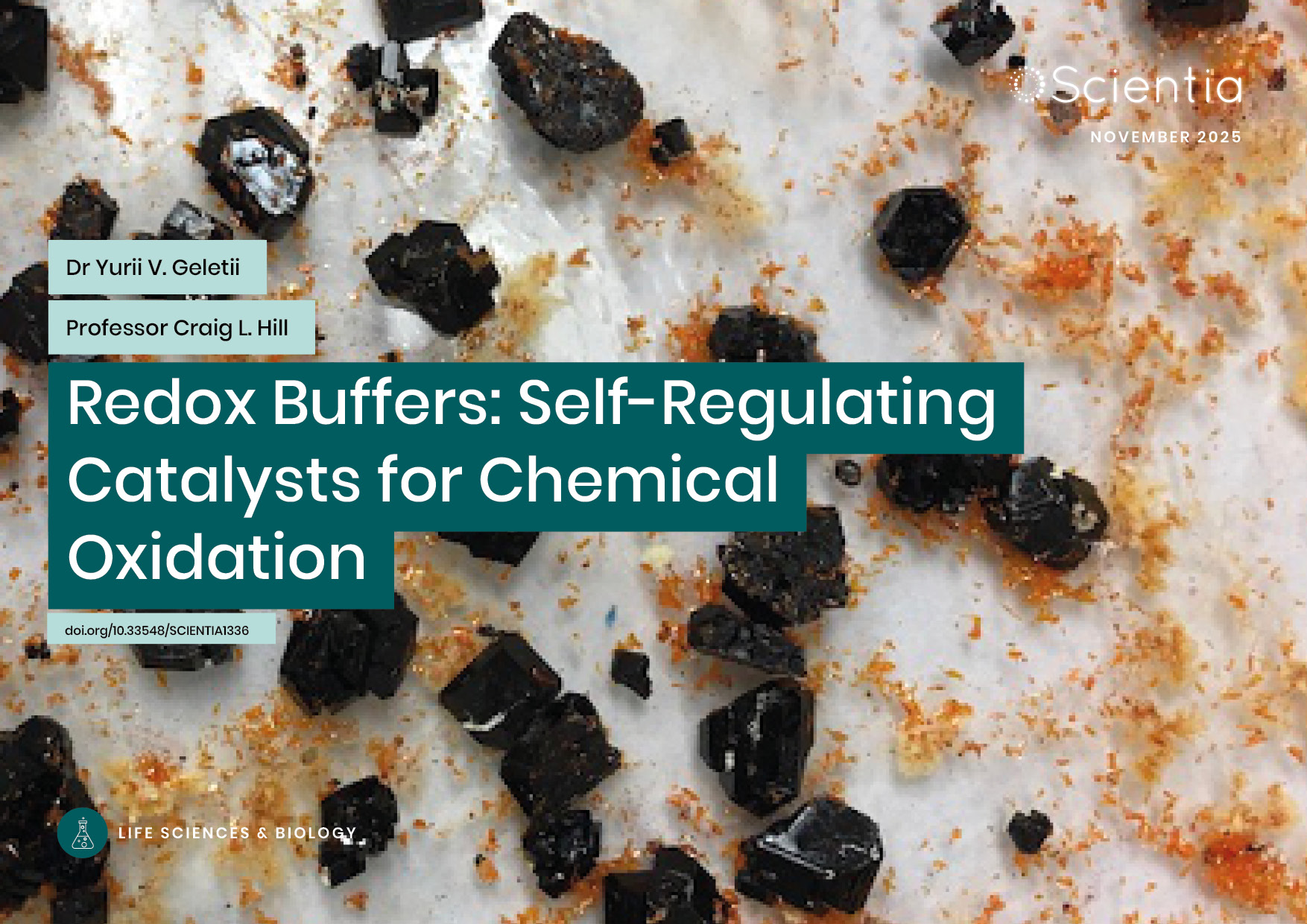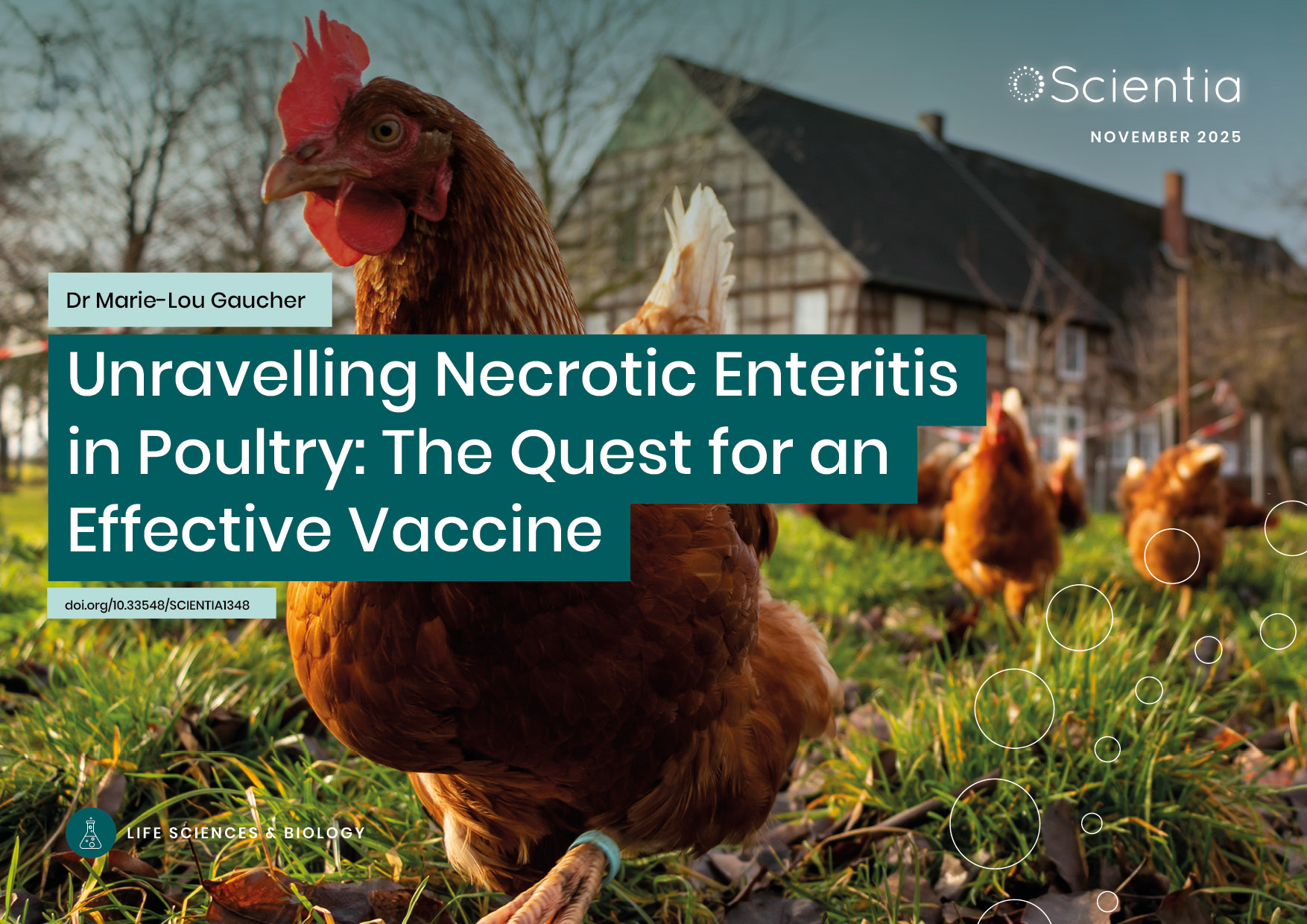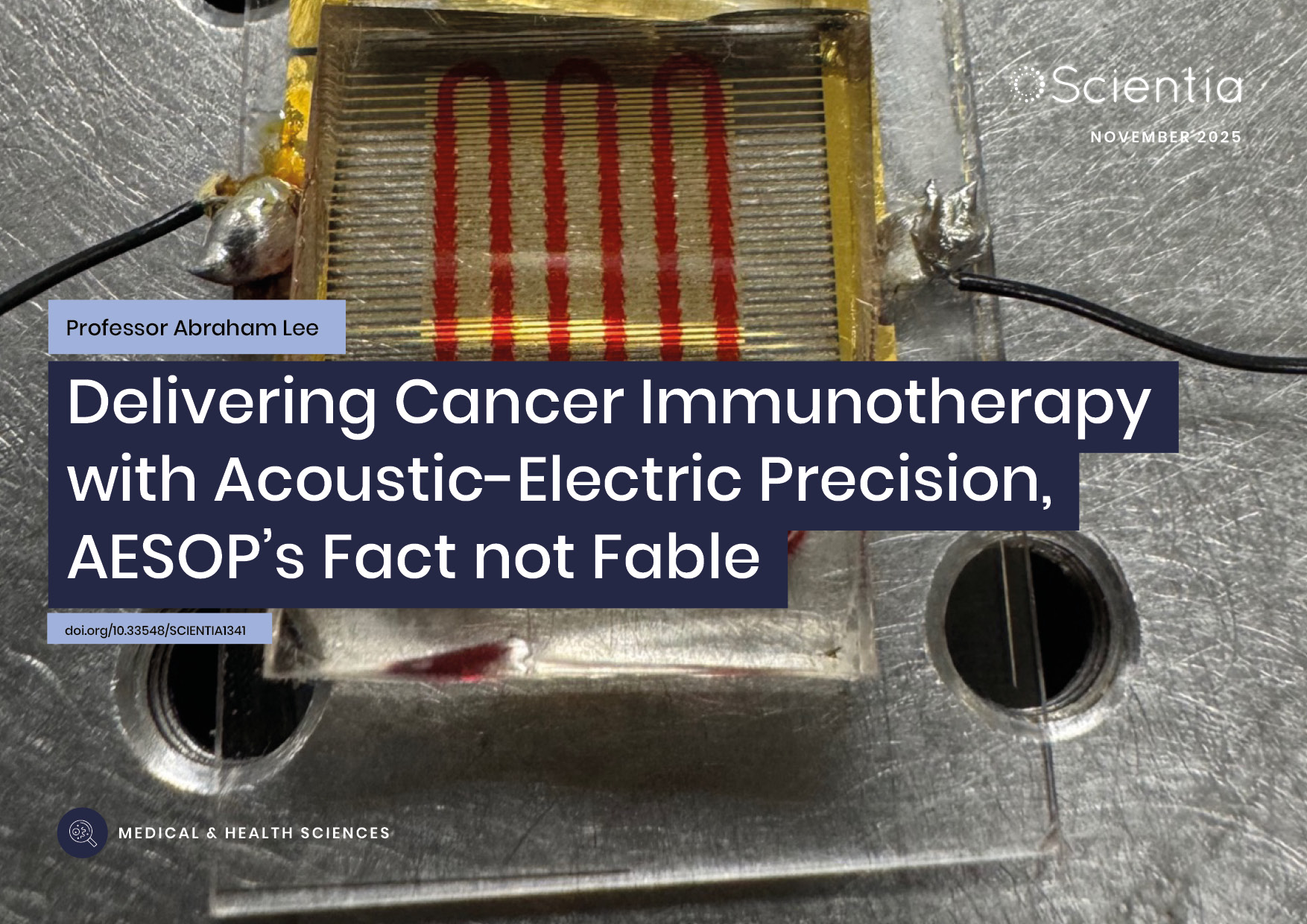Colorado School of Mines – Humanitarian Engineering: Training Engineers to Best Serve Communities
Engineering is one of the most impactful and transformative fields of teaching, research, and practice, as it shapes the world we live in and ensures the functioning of many systems that maintain human life. The Colorado School of Mines created the first Humanitarian Engineering (HE) program to train engineering students to devise solutions that are efficient, ethical, socially responsible and sustainable. Its students work closely with the communities they serve, thinking critically about their needs.
The Need for Responsible Engineers
An engineer’s work can be immensely rewarding, as it entails coming up with innovative concepts and solutions to a multitude of real-world problems. Today, communities worldwide face numerous challenges, including environmental issues, a scarcity of natural resources, poverty, and social inequality. Yet few engineering programs focus on responding to the needs of the poor and marginalized, nor do they often consider the intersection of corporate activity with the communities those corporations serve.
Engineers who can think critically and responsibly about these problems and who are equipped to address them are urgently needed, as these professionals can facilitate the development of infrastructure and technologies that meet the needs of many diverse communities while promoting greater environmental justice, social equality and societal sustainability.
The Colorado School of Mines, a public university founded in 1874 and renowned for its engineering and applied science programs, is rising to meet these challenges through its Humanitarian Engineering (HE) program. While the field humanitarian engineering is growing quickly in the US and around the world, the Mines HE program was the first and stands out by fully integrating the social sciences and engineering in its courses, projects, and research. Through this integration, faculty train students not only to solve technical problems but to understand and responsibly intervene in sociotechnical systems. In particular, students learn to be ‘problem definers’ first and ‘problem solvers’ second, always asking, ‘Should we do this?’ and working with and from the perspective of the communities affected by their designs.
The HE program is led by faculty with a variety of motivations who are committed to the idea of engineering truly making a difference. These include engineers turned social scientists, who have witnessed first-hand the limitations of engineering solutions designed for the wealthy to serve the poor. Designing for affordability requires engineers to put social justice at the center of design. Several faculty members are anthropologists who frequently collaborate with engineers and applied scientists on projects related to social responsibility. Other faculty members are engineering professors who have learned that their technical expertise is not enough to solve the complex problems in society and that a human-centered approach is essential.
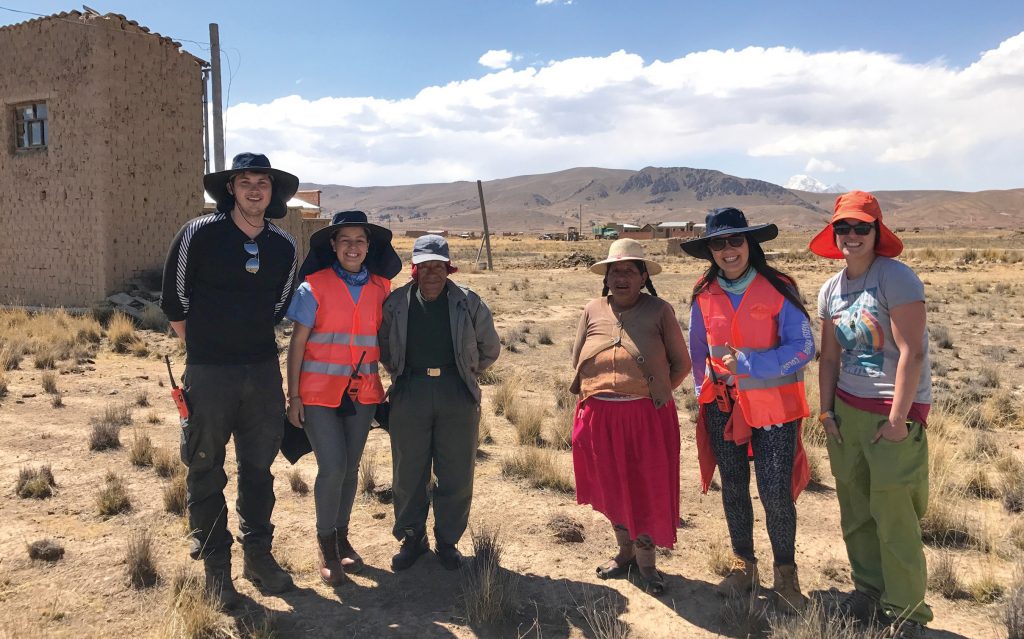
HE students work with residents of the Bolivian altiplano to map an aquifer using geophysical techniques.
Community-Centered Engineering
Typically, engineering courses focus on providing students with the technical knowledge they need to solve problems, without considering the importance of collaborating with the communities who will be impacted by those solutions. This can result in technologies for solving problems that no one actually needs, while leaving real problems unaddressed.
In contrast, the HE program helps students understand the value of developing trusting relationships with local communities, in order to co-define problems and only then co-create sustainable and socially responsible solutions to them. Through their coursework and projects, HE students use the social sciences to think critically about the culture, politics, and practice of engineering itself so that they can provide different answers to the question ‘What is engineering for?’
The program leads students to be engineers who can view the world using tools from anthropology and other social sciences, reflecting on the communities, workers, governments, and others who will be affected by new technologies. As one of the faculty members who is an anthropologist says: ‘We’re not just training students to have good intentions and help others. We also teach them to think critically and work directly with the people they’re intending to serve, defining problems together and seeing if they share the same assumptions and goals. In contrast, other engineering programs often assume that engineers are the ones who define problems and solve them, whether they have good intentions or not.’
HE students engage in project activities as part of their education. These projects may be in the US or abroad. Before working on HE projects, whether domestic or abroad, students complete coursework that encourages them to critically reflect on their desire to help communities and assess the strengths and limitations of traditional engineering methods and mindsets when working with people. This shows them the importance of listening to others’ views openly, rather than looking at a problem based on what they already know and assume.
The HE program plays a leadership role at Mines and in national and international networks through its undergraduate minors, graduate degree, and research and outreach efforts.
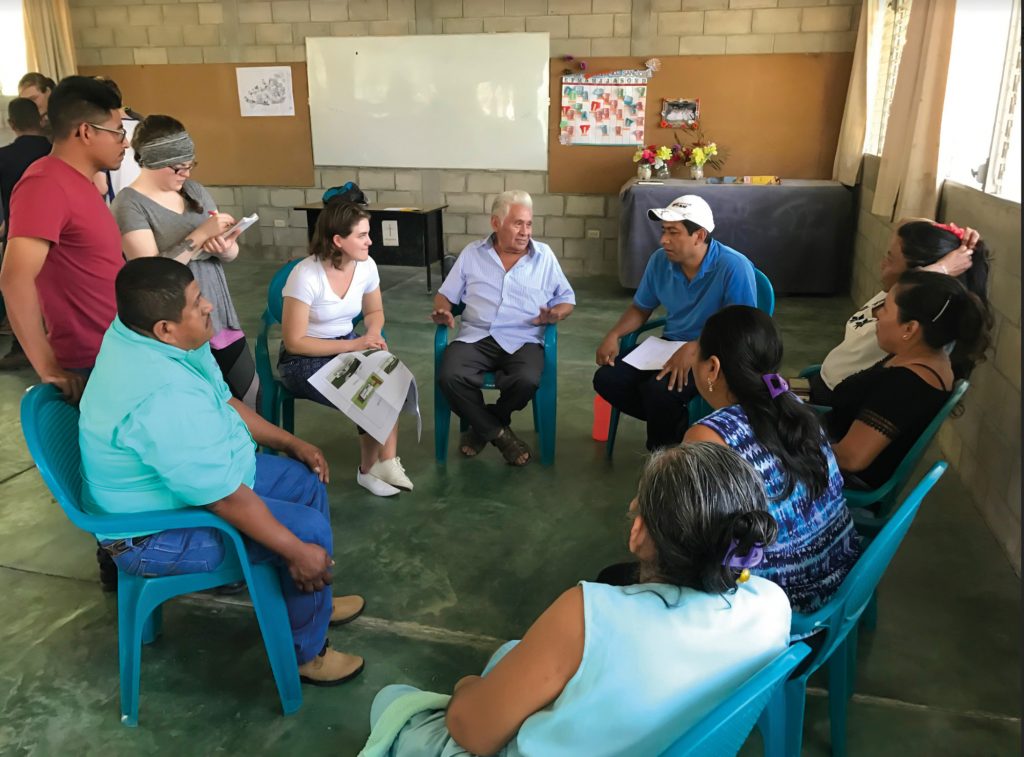
During a design focus group in Guatemala, HE students apply community engagement methods learned in the HE classroom.
Undergraduate Changemakers
Undergraduate students at Mines can be a part of HE by applying to become a Humanitarian Engineering Shultz Scholar, by enrolling in one of two minors, and by participating in HE-oriented student clubs.
The two HE minors are Engineering for Community Development and Leadership in Social Responsibility. Both of these entail taking 18 semester credits, including coursework and project activity, beyond their formal engineering major.
The Engineering for Community Development minor is centered around the ideals of sustainable community development and social justice. Students in this minor often go on to join the US Peace Corps or start working at NGOs and international development organizations. The Leadership in Social Responsibility minor more specifically prepares students for work in the private sector, helping them to promote shared social, environmental, and economic value between corporations and communities. The majority of its graduates work for private companies that require engineers who can tackle complex problems while taking into account community development and environmental sustainability.
Regardless of which HE minor a student pursues, they must carry out a project related to humanitarian engineering. A few years ago, a team of undergraduate students participating in the program devised a geographic information system in close collaboration with a non-profit food justice organization based in Golden, Colorado. This system is now being used to improve access to healthy and local food products in the county that is home to Mines. Another group of students helped redesign a mountain bike for quadriplegic riders that is now being used in biking resorts in Colorado. Yet another group of HE students designed a village of self-sustained eco-cottages that could provide an income for the Maya-Itzá community in Guatemala. These cottages were built in close collaboration with the Maya-Itzá community in Guatemala and the Bio-Itzá ‘Preserve the Source’ fund and modeled in ways that best fit the community’s needs, conservation goals, cultural background and environment.
In addition to formal coursework and project activities, students at Mines can get involved in HE though several affiliated student clubs, notably Mines Without Borders, which is associated with the national organization Engineers without Borders, and the Socially Responsible Scientists and Engineers club. These clubs, which are student-led, work to advance the principles of HE and allow students and faculty to ‘walk the talk’. In this regard, HE undergraduate students are change-makers at Mines who found and lead student organizations, host events, and engage in award-winning design projects.
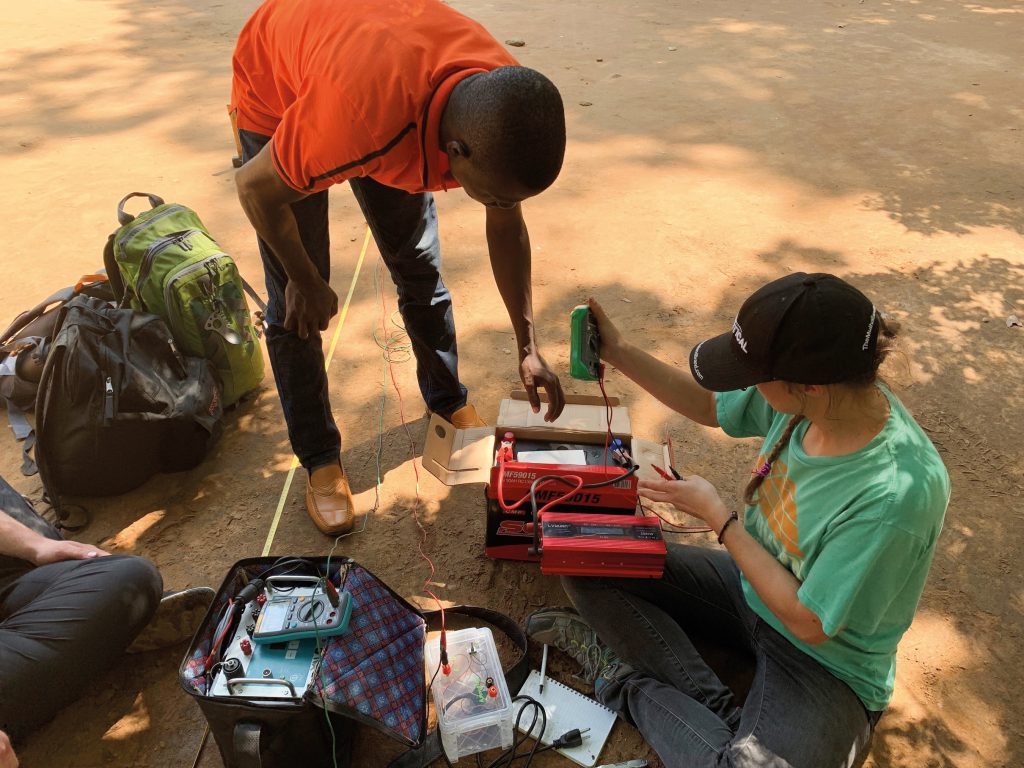
Mines Geoscientists Without Borders members deploy low-cost geophysical instrumentation for locating water at-depth with citizens in Benin, Africa.
The Next Step: HE Graduate Opportunities
The graduate program comprises an online certificate and a residential Master’s program in Humanitarian Engineering and Science (HES). The master’s program is deeply interdisciplinary, as students take half of their classes with the Humanitarian Engineering faculty and the remaining classes with faculty from other departments, following a specific disciplinary track. Currently, students can specialize in the fields of environmental engineering, geophysics, and geological engineering.
In particular, the interdisciplinary mix of faculty and students positions Mines as a leader in the field of humanitarian geoscience. One recent example is the close collaboration between the geophysics faculty and Geoscientists Without Borders. For example, several geophysics and geology faculty are working with HE students on a project to develop low-cost geophysical instrumentation to improve groundwater management in West Africa.
The master’s program is designed for students and working professionals who have technical backgrounds. Students learn about the inextricable link between engineering and society so that they can harness their technical training to promote sustainable community development and more socially responsible engineering practice.
Cutting-Edge Research
In addition to educating engineers that can serve communities more justly and effectively, the HE program has given rise to several cutting-edge research endeavors. One example is the Responsible Mining Resilient Communities (RMRC) project, a collaboration among interdisciplinary researchers from various institutions worldwide, founded by a $4 million National Science Foundation grant. The key institutes involved in the RMRC project are the Colorado School of Mines, University of Texas-Arlington, US Air Force Academy, University of Colorado, Universidad Nacional de Colombia, Universidad Minuto de Dios (Colombia), and Pontificia Universidad Catolica de Peru.
Today, approximately 30% of the world’s gold – used in jewelry, electronics, high tech equipment, and financial markets – is mined through artisanal and small-scale gold mining (ASGM), which typically is done informally by individual and groups of miners seeking to make a living, in contrast with mining that is done formally by corporations. While ASGM is a key livelihood strategy for poor and marginalized communities, ASGM practices can negatively affect the environment while also threatening the health of both workers and nearby communities. This is because many miners use mercury, an element that is highly toxic for both humans and the environment.
The RMRC project was created with the key mission of working with ASGM communities to create methods and networks that enhance social and environmental sustainability for miners and their communities. Students participating in the project closely collaborate with miners, communities and academics in Colombia and Peru to co-design, implement and evaluate socio-technical innovations.
As one of the project principal investigators notes: ‘Though the RMRC project, we are working with local governments and gold companies in Colombia, which is a good example of how our graduates are well-positioned to become advocates for socially responsible engineering inside of companies and government agencies. If we can train mining engineers to think more empathetically and creatively with artisanal miners, when they end up in corporate structures, they will be better prepared to shape their companies’ policies to be more socially responsible.’
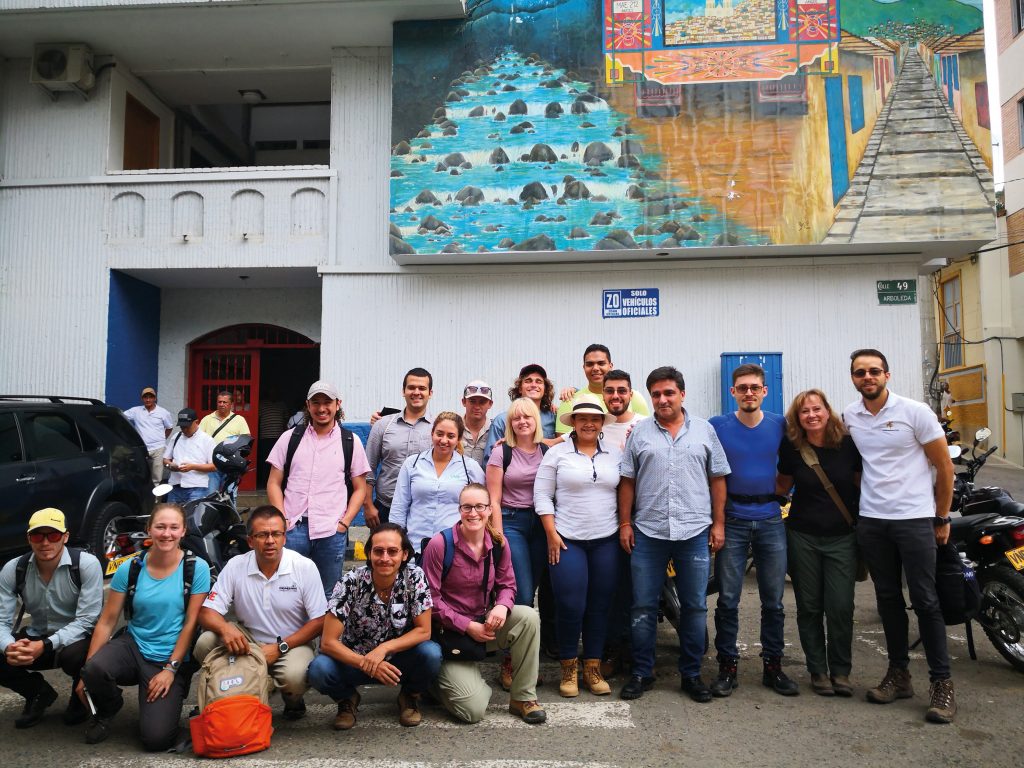
HE students and faculty travel to Latin America to work with a variety of stakeholders, including small-scale miners, local government officials, students, and professionals.
A New Engineering Vision
The HE program has already led to a wide range of initiatives that have improved the lives of local communities in different parts of the world while protecting the natural environment. The program has also been noticed by its peers. Both the HE program and one of its core courses, Corporate Social Responsibility, were named Exemplars in Engineering Ethics by the United States National Academy of Engineering.
The HE team’s next goals are to build new bridges with more engineering disciplines, expand their projects and impact into other US and global communities, diversify their research to include the social justice dimensions of renewable energy, and teach engineering in non-traditional settings such as refugee camps. For example, in collaboration with the MIT D-Lab, Universidad de Colombia, and UNIMINUTO, HE is planning to work on a project that involves Venezuelan refugees migrating to Colombia, in one of the largest humanitarian crises in the world. The project is trying to find ways to give the refugees employment, by figuring out how to reuse and recycle construction waste – piles of bricks and concrete and asphalt – that are sitting unused.
These combined efforts could ultimately pave the way towards a more responsible and human-centered engineering vision that takes the perspectives of the people directly impacted by new technologies into account, while also preserving their health and the environment in which they live.
Join the Humanitarian Engineering Movement!
Are you an engineering or STEM professional looking for more in your career or a student interested in engineering and STEM, and wanting to make a significant difference? If so, join us today!
Reference
https://doi.org/10.33548/SCIENTIA584
To Learn More
Kevin Moore, Executive Director, can discuss ways to engage with the Mines HE Program, including though philanthropic support, project sponsorships and other partnering opportunities.
E: kmoore@mines.edu
Juan Lucena, Director of HE Undergraduate Programs can provide prospective students with more information about how they can make an impact on the world by joining the HE program at Mines.
E: jlucena@mines.edu
Jessica Smith, Director of HE Graduate Programs can offer guidance to students interested in advanced educational opportunities in HE.
E: jmsmith@mines.edu
For all other inquiries, please contact Julia Roos, Associate Director of HE.
E: jroos@mines.edu

Want to republish our articles?
We encourage all formats of sharing and republishing of our articles. Whether you want to host on your website, publication or blog, we welcome this. Find out more
Creative Commons Licence
(CC BY 4.0)
This work is licensed under a Creative Commons Attribution 4.0 International License. 
What does this mean?
Share: You can copy and redistribute the material in any medium or format
Adapt: You can change, and build upon the material for any purpose, even commercially.
Credit: You must give appropriate credit, provide a link to the license, and indicate if changes were made.
More articles you may like
Dr Yurii V. Geletii – Professor Craig L. Hill | Redox Buffers: Self-Regulating Catalysts for Chemical Oxidation
Chemical reactions often demand precise control over their operating conditions to proceed efficiently. While chemists routinely use pH buffers to stabilise acidity levels, far less attention has been directed towards stabilising the electrochemical potential of solutions during oxidation–reduction reactions.
At Emory University, Dr Xinlin Lu, Dr Yurii Geletii, and Prof Craig Hill have pioneered a catalytic system that not only drives chemical reactions, but also acts as its own redox buffer. By automatically maintaining conditions optimal for electron transfers while converting malodorous thiols into odourless compounds, this innovation points to a new generation of catalysts that adjust themselves, delivering both efficiency and environmental benefits.
Dr Marie-Lou Gaucher | Unravelling Necrotic Enteritis in Poultry: The Quest for an Effective Vaccine
Avian necrotic enteritis (NE) is one of the most significant intestinal diseases affecting poultry worldwide, particularly broiler chickens. It causes major economic losses due to reduced growth rates, poor feed efficiency, and high mortality. The disease is caused by the bacterium Clostridium perfringens, specifically pathogenic type G strains. Dr Marie-Lou Gaucher from the Université de Montréal and her collaborators have been relentlessly studying ways to develop an effective vaccine against C. perfringens. Their promising findings may lead to innovative vaccination strategies and new methods to manage NE in poultry flocks.
Nick Martin | Data Assimilation: Overcoming AI’s Data Uncertainty Limitations for Water Resources
Water resources are essential for human life. Knowing how to manage water, both now and in the future, is necessary to continue using it as well as possible. Nick Martin and Jeremy White are examining limitations to artificial intelligence applications in water resources generated from noisy and estimated data sets. For poor quality data sets, they found that machine learning models will perform poorly relative to tools that explicitly include physics-based descriptions of physical processes; this is because physics-based calculations can use both data and physics knowledge through data assimilation techniques.
Professor Abraham P. Lee | Delivering Cancer Immunotherapy with Acoustic-Electric Precision, AESOP’s Fact not Fable
Chimeric Antigen Receptor (CAR) T-cell therapy offers life-saving potential, particularly against blood cancers, but severe side effects such as cytokine release syndrome (CRS) limit its safety. These toxicities are linked to uncontrolled CAR expression levels on the T-cell surface. Led by Professor Abraham P. Lee, researchers at the University of California, Irvine, have developed an advanced microfluidic system, called the Acoustic-Electric Shear Orbiting Poration (AESOP) platform, to precisely control the dose of genetic material delivered into primary T cells. This innovation promises safer, more homogeneous, and highly effective cellular immunotherapies.

